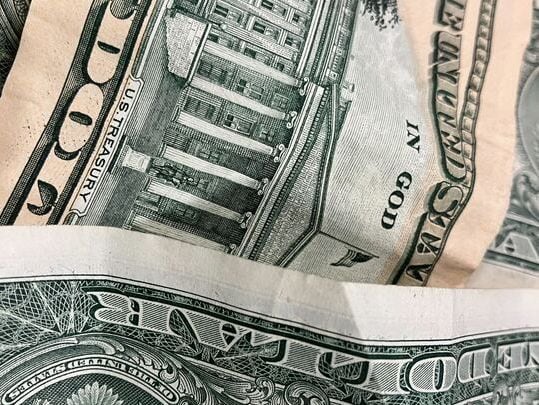Because cannabis, and derivatives of cannabis, are classified as a Schedule I narcotic, as per the 1970 Controlled Substance Act, federally the production and sale of cannabis is illegal. In 1982, Congress passed IRC §280E was enacted which states:
No deduction or credit shall be allowed for any amount paid or incurred during the taxable year in carrying on any trade or business if such trade or business (or the activities which comprise such trade or business) consists of trafficking in controlled substances (within the meaning of schedule I and II of the Controlled Substances Act) which is prohibited by Federal law or the law of any State in which such trade or business is conducted.
However cost of goods sold (COGS), is deductible for those in the state legal cannabis business. There are cases such as Canna Care v. Commissioner, where the petitioner’s argument was that since cannabis was legal in the state in which it operated in, then IRC §280E did not apply. The U.S. Tax Court, and Federal Appellate Court struck that argument down.
The most famous cannabis case was Californians Helping Alleviate Medical Problems (CHAMPS) v. Commissioner, whereby CHAMPS ran an ancillary business along side of of the sale of cannabis. The Tax Court allowed certain expenses because of the fact that a portion of the business was federally legal. However, this strategy is wrongly applied in various Court cases. For example, Alterman v. Commissioner, was a case where the petitioner claimed they had an ancillary business, because they sold paraphernalia, and T-shirts, along side of cannabis. This strategy was struck down by the Courts.
Since there is very little guidance by the IRS on what is COGS for cannabis, it has left it open for interpretation. For cultivators, COGS is pretty straight forward. It would include the cost of the seed, the labor to cultivate (including the owner’s salary if the owner was involved in the production), rent, etc. For a dispensary the line is a little more murky.
The IRS definition of COGS is:
If your business manufactures products or purchases them for resale, you generally must value inventory at the beginning and end of each tax year to determine your cost of goods sold unless you are a small business taxpayer (defined below). Some of your expenses may be included in figuring the cost of goods sold. The cost of goods sold is deducted from your gross receipts to figure your gross profit for the year. If you include an expense in the cost of goods sold, you cannot deduct it again as a business expense.
The following are types of expenses that go into figuring the cost of goods sold.
o The cost of products or raw materials, including freight
o Storage
o Direct labor costs (including contributions to pensions or annuity plans) for workers who produce the products
o Factory overhead
There are many states that allow for vertical licenses, that will allow the license holder, to grow, transport, and have a dispensary. We would look at one component of COGS, as an example of what can be done. You have the cultivation division that grows the cannabis. The cultivation of which includes harvesting the flower of the plant, or the bud, and the trimmings. The flower is sold on it’s own, the trimmings are used for edibles, and the rest of the plant is extracted for the purposes of CBD, and wax. Influx to the dispensary, the cannabis can be stored at an offsite location, which is not a cannabis business. The company pays the facility rent, which is owned by the same owner. It is stored there because dispensaries are small and all of the inventory cannot be stored in the storefront. The cannabis then gets sent to the dispensary as needed.
The owner of the company, becomes the inventory manager of the dispensary, and their salary is now part of COGS. A portion of the dispensary is set up so that a closed off section holds any inventory on hand, thus making the portion of the rent COGS.
This is just one of many strategies in cannabis. There are many more. However, if you are just starting to serve this business, you have to do your reading, and find out what works and what doesn’t.
Thanks for reading CPA Practice Advisor!
Subscribe Already registered? Log In
Need more information? Read the FAQs
Tags: Accounting




